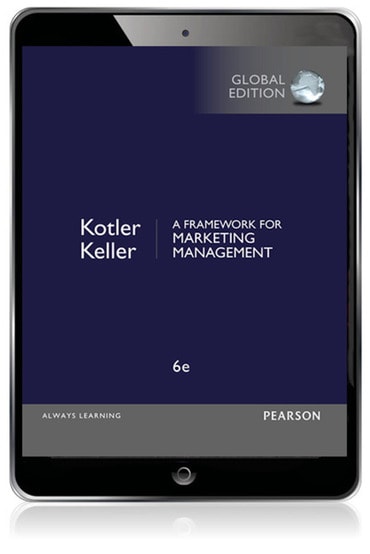Switch content of the page by the Role togglethe content would be changed according to the role
Framework for Marketing Management, A, Global Edition, 6th edition
Published by Pearson (June 11, 2015) © 2015
- Philip Kotler Northwestern University
- Kevin Lane Keller Dartmouth College
eTextbook
£43.99
£61.99
Need help? Get in touch

